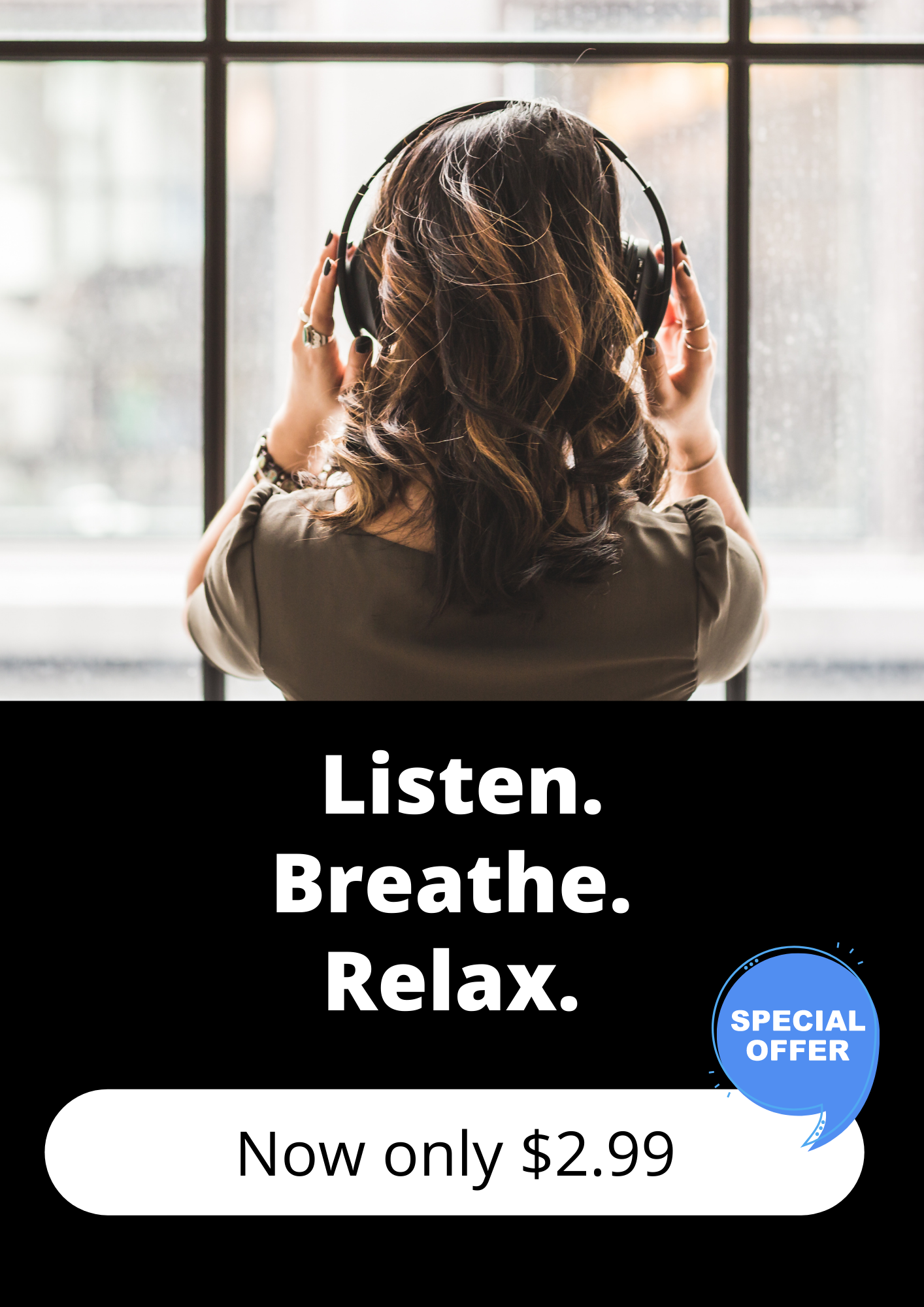Of course, we want to reduce stress. Stress is not healthy for us. Maybe yes, maybe no. Psychologist Kelly McGonigal, the author of the book The Upside of Stress, relates a significant piece of research from the University of Wisconsin-Madison that shocked many people. The study on 29,000 people over eight years found that how you view stress impacts your health far more than the stress itself. Think of it this way. If you believe an upcoming meeting is exciting, your body will respond positively. If you think the meeting represents a scary situation, you will have an adverse reaction (McGonigal, 2015).
Discover the Levelhead for Real Life app and boost positivity in just 3-5 minutes a day. READ MORE
Hans Selye, who discovered the dangers of the stress response, coined the terms eustress and distress. He emphasized that all stress is not bad. Eustress is a positive experience; the stress you feel when having fun on a roller-coaster or a ski slope. Distress is when you are frightened or upset and tell yourself that you don't like the feeling or experience.
It's also essential to distinguish between short-term and long-term chronic stress. While small doses of short-term stress may work for you, chronic stress negatively impacts you. Short-term stress can boost your immune system, make you more social, and improve learning and memory (Vesa et al., 2016). Mindfulness practice can help you become more aware of your automatic responses to situations and help you choose how you perceive them.
Practice: Exciting or Stressful? Thrilling or Life-Threatening?
When we are in a stressful situation, it may be hard to realize how much control we have over how we perceive our stress. The next time you feel stressed, try this simple practice. You only need a few minutes and may perceive what is stressing you differently. At the very least, you may feel much more relaxed and refreshed.
Find a quiet, comfortable location where you will not be interrupted.
Read through how to complete the practice before you begin. You do not need to follow the instructions exactly for the practice to be effective.
Find a comfortable place to sit or lie down. Close your eyes.
Exhale slowly, twice as long as the inhalation. This breathing process helps activate the parasympathetic nervous system.
Think of something that makes you feel safe, fulfilled, appreciated, or loved. Focus on these feelings and allow them to sink in.
Become aware of your body. Spend the next few minutes being aware of your body and getting comfortable. As time passes, you may notice tense body parts. Take a moment to breathe into those areas to relax the tension.
Bring to mind the situation that is causing you to be stressed. Is there another way to look at this situation? What about your interpretation of the situation might not be true? For example, is it possible that you have exaggerated the consequences or importance of the stressor?
Identify what you can do. As you relax, find your priority in whatever situation is stressing you and zero in on what actions are needed. Remember, you can only do what is within your control.
Notice if you are having recurring thoughts. If so, acknowledge them and watch them pass. Watch them arrive each time they come back and allow space to move on and new views to come in.
Use a word or phrase that allows you to see the positive side of what you are experiencing: “You can handle this” or “This will make me stronger.”
Once you have determined your word or phrase, say it out loud. This will allow you to experience the power of your personalized message to yourself.
REFLECT/CONSIDER
Once you have completed this practice, take a moment to reflect on:
How do you feel?
What surprised you?
Did you uncover steps you can take to reduce your stress level?
References
McGonigal, K. (2015). The upside of stress: Why stress is good for you. New York, NY: Penguin/Random House.
Vesa, N., Liedberg, L., & Rönnland, M. (2016). Two-week web-based mindfulness training reduces stress, anxiety, and depressive symptoms in individuals with self-reported stress: a randomized control trial. International Journal of Neurorehabilitation, 3(3).



